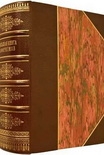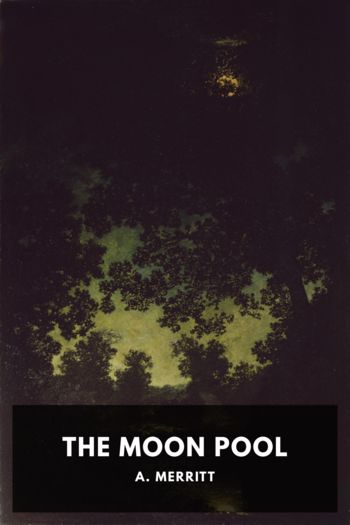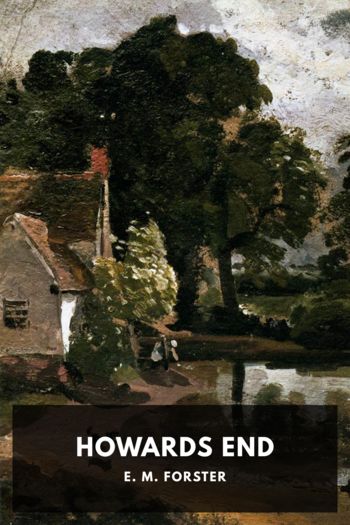How to Become a Witch, Amber K. [new books to read .txt] 📗

- Author: Amber K.
Book online «How to Become a Witch, Amber K. [new books to read .txt] 📗». Author Amber K.
Midsummer: Magical Celebrations of the Summer Solstice by Anna Franklin (2002)
Lammas: Celebrating the Fruits of the First Harvest by Anna Franklin and Paul Mason (2001)
Autumn Equinox: The Enchantment of Mabon by Ellen Dugan (2005)
Halloween: Customs, Recipes & Spells by Silver Ravenwolf (1999)
Appendix B
Glossary
Affirmation: A statement designed as a message to younger self, which, repeated at frequent intervals, aids in self-transformation.
Air: One of the classic four elements; represents the mind, intellect, or imagination; it frequently corresponds to the east and the colors light blue and yellow.
Amulet: A small item of natural material, such as wood, stone, or shell, charged for a magickal purpose, such as protection, and either carried or worn as a pendant.
Animals: Present in magick as familiars (companions and helpers), power animals (animal spirits that guide, protect, and empower individuals), and totem animals (those spirits that guide, protect, and empower clans or tribes).
Aspect: Usually, to invoke an aspect of Deity into yourself; to invite a god or goddess to become incarnate in your body. Also known as “assuming the god-form,” or “Drawing Down the Moon” in the case of a lunar deity. One can also aspect an animal, tree, or other entity.
Aspects: Forms, facets, or personas of Deity, deities: for example, Artemis, Persephone, and Kore are deities, aspects of the Maiden, and the Maiden is an aspect of the Goddess. Helios, Ra, and Apollo are all solar aspects of the God. “All goddesses are one Goddess, all gods are one God; God and Goddess are One.”
Asperge: To cleanse and purify the ritual space prior to ritual. Often done with saltwater, incense, or a besom.
Astrology: The study of the relationships and movements of the planets as they relate to human qualities and events.
Athame: (a-thay’-me or AH-tha-may) A ritual tool with a double-edged blade and usually a black handle, used for casting the circle and other magickal operations.
Attunement: An activity that brings the minds, emotions, and psyches of a group into harmony prior to ritual; chanting, singing, guided meditation, and breathing exercises are common ways to attune.
Aura: The energy field of the human body, especially that radiant portion visible to the third eye, or psychic vision, which can reveal information about an individual’s health and emotional state.
Banishing: Causing to depart; used by some traditions as the procedure for releasing the elemental spirits of the quarters at the end of a ritual.
Beltane: A sabbat celebrating the burgeoning of spring; also called May Eve or May Day.
BNP: “Big Name Pagan,” slang term for a Pagan celebrity, usually an author or leader.
Bolline: A white-handled knife used by Witches for cutting, carving, or inscribing things in the course of a ritual—candles, talismans, cords, etc. It is usually single-edged and sometimes has a sickle-shaped blade.
Book of Shadows: A magickal journal kept by each Wiccan dedicant and initiate, in which spells, invocations, ritual notes, herbal recipes, dreams, divination results, and material from the coven book can be recorded. Some people write it in Theban Script or in other alphabets for privacy.
Broom (also called a Besom): Sometimes used to ritually cleanse an area.
Burning Times: The era in European and American history when accused Witches, heretics, gay people, and others were oppressed and often tortured and killed for their supposed beliefs. Roughly 1400 to 1700 CE.
Cakes and Wine (or “Cakes and Ale”): After the magickal work and before the circle is opened, Wiccans and some other groups share food and drink. This custom is a sacrament of thanks for the gifts of Mother Earth, and a way of earthing excess psychic energy.
Calling the Quarters: Invitation for the spirits of air, fire, water, and earth (from the east, south, west, and north, respectively) to attend a ritual and lend their powers to its success. It is a means of fully engaging the mind, will, emotions, and body in the magickal working.
Candlemas: See Imbolc.
Casting: In divination, tossing the stones, runes, or sticks on the ground or on a special board or cloth, and gaining insights from their patterns and relationships.
Casting the Circle: The psychic creation of a sphere of energy around the area where ritual is to be performed, both to concentrate and focus the power raised and to keep out unwanted influences and distractions. The space enclosed exists outside ordinary space and time.
Cauldron: In ritual, a symbol of rebirth from Celtic mythology; sometimes used to heat herbal healing preparations or cook food for a sabbat feast.
Centering: The process of moving one’s consciousness to one’s spiritual or psychic center, leading to a feeling of great peace, calmness, strength, clarity, and stability.
Chalice: A goblet or cup, usually holding wine, which is shared around the circle in Wiccan ritual. It is both a female and a water symbol, and it can also be used for scrying or crystal gazing.
Charge: To intentionally imbue with energy, as “to charge a talisman with healing energy.”
Charge of the Goddess: The primary sacred text of the Craft. The original version was recorded by Charles Leland in Aradia; Doreen Valiente, Starhawk, and others have rewritten popular versions.
Circle: An ongoing group of Pagans, such as a Druid grove or Witches’ coven. Also the space created for ritual. See also Casting the Circle.
Cone of Power: The energy raised during magick is imaged as a cone, which at its peak of power is released toward a specific goal.
Congregation: Until rather recently, Witches were either solitary or gathered in covens of priestesses and priests. Now, some covens have organized congregations, or groves, of Wiccan/Pagan laity, loose-knit spiritual communities who meet to celebrate the sabbats.
Consecration: To solemnly dedicate or devote someone or something to a sacred purpose and/or to the service of a deity; for example, to consecrate a ritual tool to the purpose of protection, or to consecrate a priestess to the service of Artemis.
Cord: Either a heavy string used in binding and releasing magick or the piece of apparel circling the magician’s waist (also called a “girdle”). In many covens and magickal lodges, the color of the cord indicates the wearer’s degree of





Comments (0)